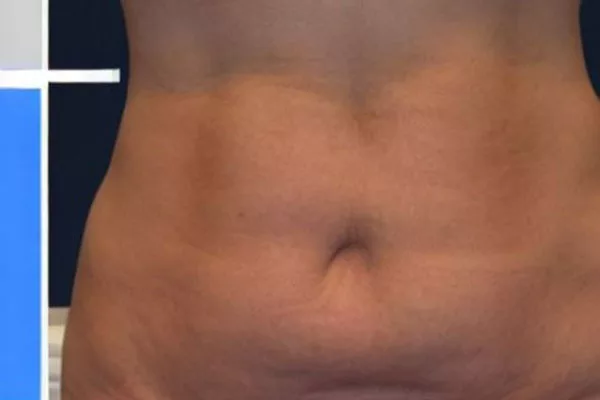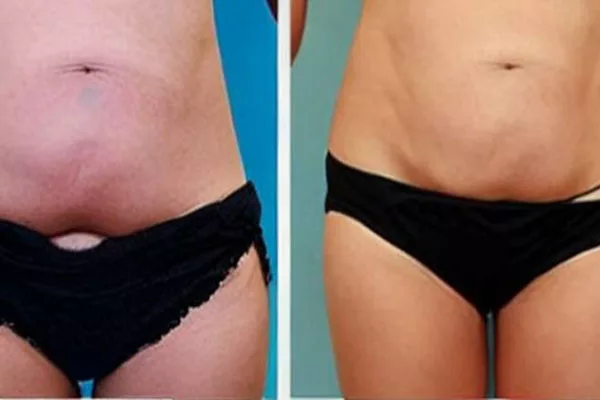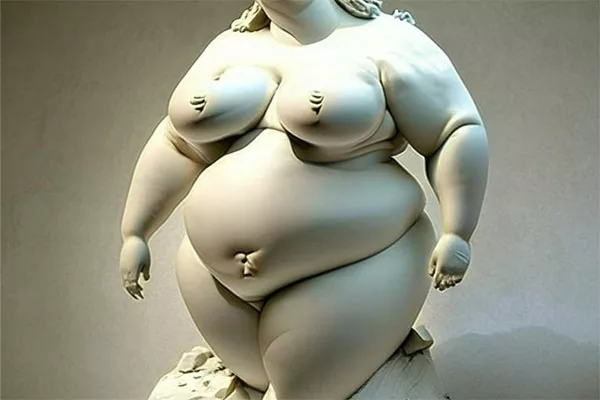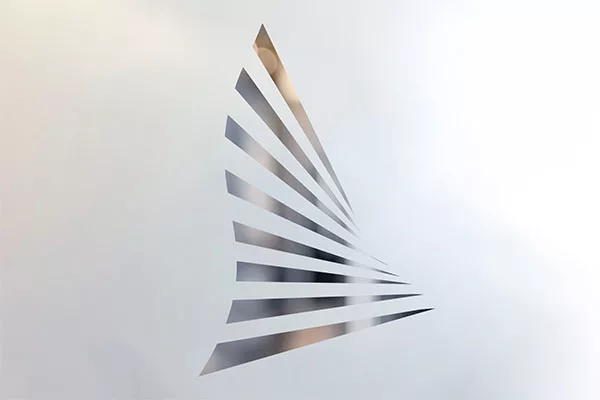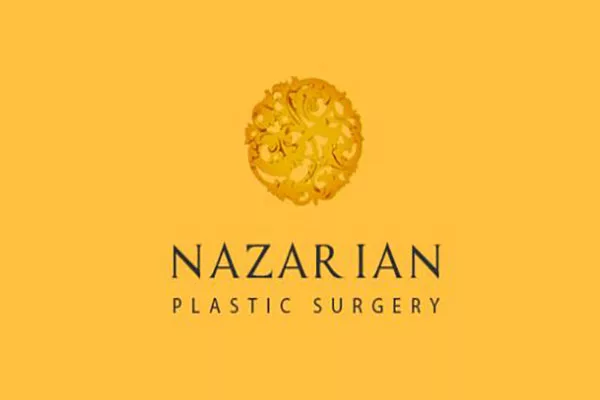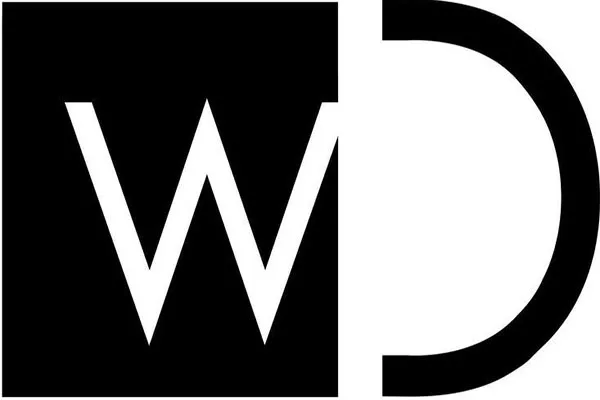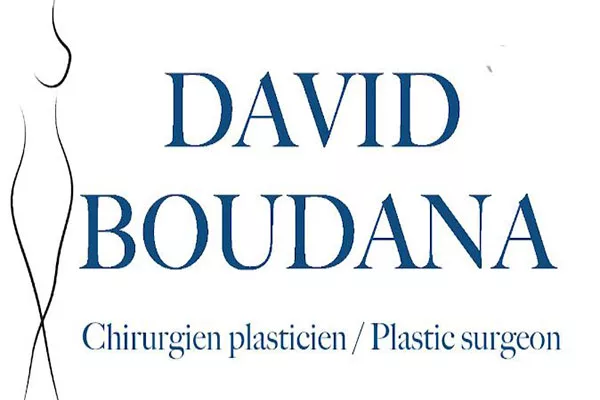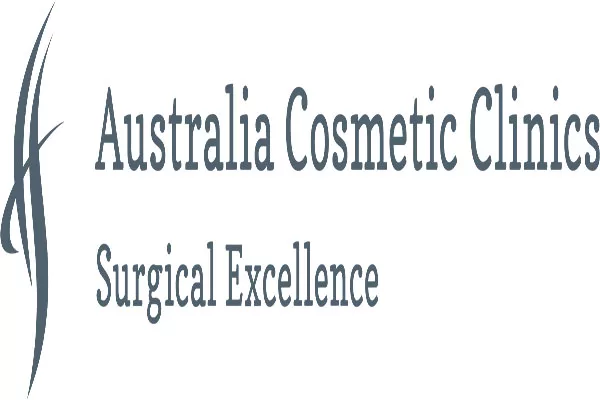Liposuction (Body Re-shaping)
Introduction
Liposuction is a cosmetic surgery that involves removing excess fat from areas of the body that are resistant to diet and exercise. It’s a popular procedure for those who are looking to reshape their body contours and achieve a more toned, slimmer appearance. Liposuction can be done on different areas of the body, including the abdomen, hips, thighs, arms, back, and neck. The procedure is typically done under anesthesia, and recovery depends on the extent of the surgery. Liposuction is not a weight-loss procedure, nor is it meant to replace a healthy lifestyle. It’s important to have realistic expectations and maintain a healthy diet and exercise routine after the surgery to maintain the results.
Types of Liposuction
There are several types of liposuction available, including:
- Traditional Liposuction: This method involves making a small incision and using a cannula to suction out fat cells.
- Tumescent Liposuction: This method involves injecting a solution of saline, anesthetics, and epinephrine into the targeted area to help numb the area and shrink blood vessels. This makes it easier to remove fat cells.
- Ultrasound Liposuction: This method uses ultrasound technology to break down fat cells before they are suctioned out.
- Laser Liposuction: This method uses laser technology to liquefy fat cells before they are suctioned out.
- Power-Assisted Liposuction: This method uses a cannula that vibrates at a high speed to break up fat cells before they are suctioned out.
Each type of liposuction has its benefits and risks, and the best method for you will depend on your individual needs and goals. Be sure to consult with a qualified plastic surgeon to determine which method is right for you.
Candidates for Liposuction
Liposuction is not a weight loss procedure, but rather a body contouring procedure that targets specific areas of the body where fat is stubbornly resistant to diet and exercise. Candidates for liposuction should be in good overall health, at a stable weight, and have realistic expectations about the procedure.
Good candidates for liposuction generally meet the following criteria:
- Have good skin elasticity: Candidates with good skin elasticity are more likely to achieve optimal results from liposuction, as their skin will likely contract and adapt to their new contours.
- Are at a stable weight: Liposuction is not a weight loss procedure, and candidates should be at a healthy and stable weight before undergoing the procedure.
- Have stubborn pockets of fat: Liposuction is most effective for individuals who have isolated pockets of fat that can’t be reduced through diet and exercise.
- Are non-smokers: Smoking can negatively affect the healing process, and smokers may not be good candidates for the procedure.
- Have realistic expectations: It’s important to have realistic expectations for the procedure and understand the limitations of the procedure. While liposuction can help reshape the body, it can’t fix underlying structural issues or remove large amounts of fat.
Preparation for Liposuction
Preparation for liposuction is an important part of ensuring a successful procedure and optimal results. Your plastic surgeon will provide you with specific instructions for how to prepare, but here are some general tips to follow:
- Stop smoking: Smoking can interfere with healing and increase the risk of complications. It’s recommended that patients stop smoking for at least three weeks before and after the procedure.
- Avoid certain medications and supplements: Certain medications and supplements can increase the risk of bleeding and bruising. Be sure to let your plastic surgeon know about any medications or supplements you are taking.
- Be in good health: Patients who are in good overall health are better candidates for the procedure and have a lower risk of complications.
- Arrange for transportation: Liposuction is typically done on an outpatient basis, but you will need someone to drive you home after the procedure.
- Wear comfortable clothing: Wear comfortable, loose-fitting clothing to the surgery center to make it easier to change into the surgical clothing.
- Follow fasting instructions: Your plastic surgeon will provide instructions on when to stop eating and drinking before the procedure. It’s important to follow these instructions carefully to reduce the risk of complications during and after the procedure.
The Liposuction Procedure
The liposuction procedure typically begins with the administration of anesthesia, which may be general anesthesia, local anesthesia, or a combination of the two. Once the patient is anesthetized, the plastic surgeon will make small incisions in the targeted area and insert a thin, hollow tube called a cannula.
The cannula is connected to a vacuum or syringe, and the surgeon will use it to suction out the excess fat cells from the area. The surgeon will move the cannula back and forth to break up the fat cells and make it easier to remove them.
Once the desired amount of fat has been removed, the surgeon will close the incisions with stitches or surgical tape. The procedure typically takes between one and four hours, depending on the extent of the surgery.
After the procedure, patients will be taken to a recovery room to be monitored as the anesthesia wears off. The patient will be given a compression garment to wear over the treated area to help reduce swelling and promote healing.
Patients can usually return home the same day as the procedure, although it’s recommended that someone else drive them home. It’s important to follow the plastic surgeon’s post-operative instructions carefully to ensure optimal results and minimize the risk of complications.
Recovery from Liposuction
Recovery from liposuction will vary from patient to patient, depending on the extent of the procedure and the individual’s overall health. Here are some general tips for a smooth and successful recovery:
- Wear compression garments: Compression garments help reduce swelling and support the healing process. Patients should wear their compression garment 24/7 for the first few weeks and then gradually reduce the amount of time they wear it over the next several weeks.
- Keep the area clean: Patients should keep the incision sites clean and dry. The plastic surgeon will provide specific instructions on how to care for the incisions.
- Take pain medication as needed: The plastic surgeon will prescribe pain medication to manage any discomfort during the recovery period.
- Rest and avoid strenuous activities: Patients should rest for the first few days after the procedure and avoid strenuous activities for several weeks. Patients should not engage in any activities that increase heart rate or blood pressure until cleared by their plastic surgeon.
- Stay hydrated and eat a healthy diet: It’s important to drink plenty of water and eat a healthy, balanced diet to support the healing process.
Patients will typically see some results immediately after the procedure, but the full results may not be visible for several months. Patients should maintain a healthy lifestyle and exercise regimen to help maintain their new body contours.
Risks and Complications
Like any surgery, liposuction carries some risks and potential complications. While serious complications are rare, it’s important to be aware of the potential risks before undergoing the procedure. Risks and complications may include:
- Infection: All surgeries carry a risk of infection. Signs of infection include fever, chills, redness, and swelling.
- Bleeding: Excessive bleeding can occur during the procedure, which may require a blood transfusion or further surgery.
- Seroma (fluid accumulation): A seroma is a buildup of fluid under the skin that can occur after liposuction.
- Blood clots: Blood clots can form in the veins after surgery, which can be dangerous if they travel to the lungs or brain.
- Numbness or changes in skin sensation: Patients may experience numbness, tingling, or changes in skin sensation in the treated area. These symptoms are usually temporary.
- Uneven or dimpled skin: Liposuction can cause uneven or dimpled skin, although this is rare and can often be corrected with further surgery.
- Anesthesia complications: Anesthesia can cause complications such as allergic reactions or respiratory problems.
It’s important to discuss the potential risks and complications with your plastic surgeon before undergoing the procedure. Your plastic surgeon will take steps to minimize the risk of complications, such as performing a thorough pre-operative evaluation and providing detailed post-operative instructions.
Cost of Liposuction
The cost of liposuction will vary depending on several factors, including the extent of the procedure, the type of liposuction used, and the geographic location. In general, liposuction can cost anywhere from $2,000 to $7,000 per area treated.
Insurance typically doesn’t cover the cost of liposuction, as it’s considered a cosmetic procedure. However, some plastic surgeons may offer financing options to help make the procedure more affordable for patients.
It’s important to choose a qualified, experienced plastic surgeon who is board-certified in plastic surgery. While cost is a factor to consider, the quality of the surgeon and the safety of the procedure should be the primary concern.
Patients should also be prepared to pay for any additional costs associated with the procedure, such as anesthesia, medical tests, and follow-up appointments. Be sure to discuss the total cost of the procedure with your plastic surgeon before undergoing the procedure.
Liposuction Results
Liposuction can have long-lasting results, provided that patients maintain a healthy lifestyle and exercise regimen. The results of liposuction typically become visible within several weeks to months after the procedure. Swelling and bruising may initially obscure the final results.
While liposuction can remove excess fat and improve body contours, it’s important to have realistic expectations for the procedure. Liposuction does not address underlying structural issues such as loose skin or cellulite, nor is it a substitute for weight loss.
Patients who are considering liposuction should discuss their goals and expectations with their plastic surgeon to ensure that they have realistic expectations for the procedure.
To maintain the results of liposuction, patients should maintain a healthy diet and exercise regularly. Gaining weight after the procedure can negatively impact the results of liposuction.
Conclusion
Liposuction is a popular cosmetic procedure that can help reshape the body contours and remove excess fat from stubborn areas. The procedure is safe and effective when performed by a qualified, experienced plastic surgeon. Patients should have realistic expectations for the procedure and maintain a healthy lifestyle to maintain the results.
While liposuction is generally safe, it’s important to be aware of the potential risks and complications associated with the procedure. Patients should discuss their medical history and their goals for the procedure with their plastic surgeon to ensure that they are good candidates for the procedure.
Ultimately, the decision to undergo liposuction is a personal one that should be based on personal goals and expectations. With thorough research, proper preparation, and careful consideration, liposuction can be a valuable option for improving body contours and enhancing overall well-being.
1. American Society of Plastic Surgeons. (2021). Liposuction. Retrieved from https://www.plasticsurgery.org/cosmetic-procedures/liposuction
2. Mayo Clinic. (2019). Liposuction. Retrieved from https://www.mayoclinic.org/tests-procedures/liposuction/about/pac-20384586
3. American Board of Cosmetic Surgery. (n.d.). Liposuction. Retrieved from https://www.americanboardcosmeticsurgery.org/procedure-learning-center/body/liposuction-guide/
4. International Society of Aesthetic Plastic Surgery. (n.d.). Liposuction (lipoplasty). Retrieved from https://www.isaps.org/procedures/body/liposuction-lipoplasty/
5. Cleveland Clinic. (2019). Liposuction. Retrieved from https://my.clevelandclinic.org/health/treatments/17303-liposuction
6. American Society for Aesthetic Plastic Surgery. (n.d.). What is liposuction? Retrieved from https://www.smartbeautyguide.com/procedures/body/liposuction/
Vaser and Ultrasonic Liposuction
Tumescent Liposuction
Liposculpture
| This page is not advice and is intended to be informational only. Consult your physician before undertaking any surgical procedures. |
Most famous clinics
Marina Plastic Surgery
Dr. Grant Stevens
is the founder and Medical Director of Marina Plastic Surgery and The Institute; A Medical Spa in Marina Del Rey, California.
USA 4560 Admiralty Way Suite 256
Marina Del Rey, CA 90292
Phone : 310-494-2881
Nazarian Plastic Surgery
Dr. Sheila Nazarian
MMM is a Board Certified Plastic Surgeon and the founder of Nazarian Plastic Surgery and Spa26 in Beverly Hills.
USA 120 S. Spalding Dr. #315,
Beverly Hills, CA 90212
Phone: (310) 773-3039
Westlake Dermatology
Westlake Dermatology is a national leader in dermatology and plastic surgery. Our specialization in minimally invasive procedures.
USA 2201 Onion Creek Parkway
Austin, Texas 78747
Phone: 512-649-3376
Central Scottsdale Surgery Center
Dr. Remus Repta
Dr. Repta, our founder, is widely recognized for his exceptional skills, and the quality and artistry of his surgical work.
USA 3271 N Civic Center Plaza #105,
Scottsdale, AZ 85251
Phone:(855) 377-3782
Forest Hill Institute Of Aesthetic Plastic Surgery
Dr. David Boudana
Dr. David Boudana, a board certified plastic surgeon, is a graduate of the prestigious University of Paris Descartes.
Сanada 1188B Eglinton Avenue West
Toronto, Ontario
Phone:(416)785-7864
Australian Cosmetic Clinics
Dr. Shaz Musavi
Dr Shaz is a fully trained Cosmetic Surgeon who brings his extensive aesthetic background and professionalism.
Australia Suite 1, 448 Pacific Highway
Artarmon, NSW 2064
Phone: 1300 559 848

